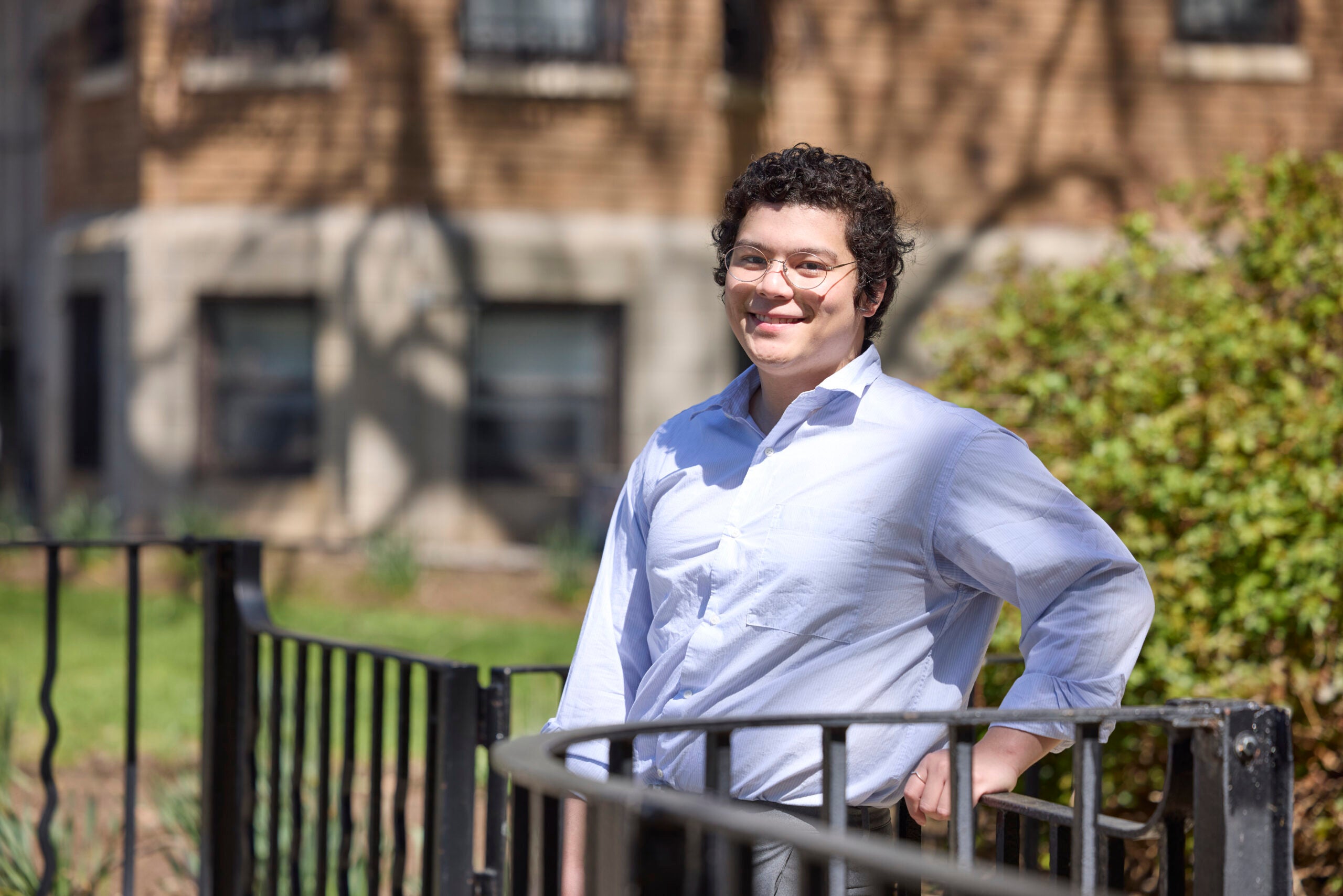Looking beyond the numbers

With a mission to improve health in the Philippines, Vicente “Vito” Puyat, SM ’25, has learned that, while data is critical for public health, it’s part of a bigger picture.
I’ve always been interested in data and in health. Growing up in the Philippines, it’s a given that if you want to be involved in health research, you become a doctor. I was pre-med in college, but I didn’t have a passion for it. So instead of going to medical school after undergrad, I worked with local organizations in rural island communities. I did monitoring and evaluation for environmental and women’s livelihood programs.
I’m from the capital city of Manila, where physical access to health care isn’t really an issue. It’s easy to take for granted that there’s always a hospital no more than 20 minutes away. In the rural communities I was working in, people didn’t have the same access to hospitals, clinics, medical technology, or health education. And there are health disparities as a result. Seeing those disparities firsthand further convinced me of the importance of public health.
I was encouraged to apply to Harvard Chan School by one of my supervisors at the Philippines Department of Health, where I worked for a few years as a data analyst. She is an alum and told me that as a Harvard Chan student, I would be exposed to great minds who have a similar passion for public health, and that I would gain the technical skills I need to further my career in health research and data analysis. She said her experience at Harvard Chan School was integral to her work trying to improve health in the Philippines, and that she still keeps in touch with her classmates around the world.
I felt some imposter syndrome applying to Harvard. I wasn’t sure if I was qualified or competent enough. It turns out, I was downplaying what I was capable of. Once I got here and began engaging with people, learning from top academics and lecturers and getting involved in research, I realized how far I could actually go.
I’m getting a master of science in epidemiology with a concentration in epidemiological methods. In short, we learn the statistical and research design methods needed to answer questions about how various diseases and health concerns affect populations. My goal is to develop the know-how to study a lot of different areas—cardiovascular disease, reproductive health, cancer, clinical epidemiology—as I think being a generalist would be most helpful in my country.
For my thesis, I’m studying the risk of birth defects among infants born to women who take anti-seizure medications, which are known to increase the risk of cognitive defects, neurodevelopmental disorders, cardiac malformations, and oral clefts. My advisor, Sonia Hernández-Díaz and I are exploring at what point before conception women can stop taking these medications or switch to safe alternatives to decrease their children’s risk of congenital abnormalities. We’re hoping our findings can inform clinical guidelines and help health care providers better advise patients on family planning.
Maternal and child health is a huge priority in the Philippines. The rate of unplanned pregnancy is high, especially among adolescents, and there are pronounced reproductive health disparities between women depending on their socioeconomic strata. I wanted to focus my research on pregnant women because I’m interested in how we can close these gaps and minimize the exposures that lead to adverse birth outcomes.
I felt some imposter syndrome applying to Harvard. Once I got here and began engaging with people, learning from top academics and lecturers and getting involved in research, I realized how far I could actually go.
Vito Puyat, SM ’25
I’ve also been working on global cardiovascular disease research with Goodarz Danaei. We’re working on the Global Risk Project, or Globorisk, a tool that predicts individuals’ risk of heart disease or stroke, based on the country they live in. We’re quantifying risk scores for about 200 countries and figuring out how to promote Globorisk, especially among physicians and clinicians.
Classes in comparative health systems and health decision science—taught by Winnie Yip and Ankur Pandya—really stuck with me in teaching the importance of looking beyond the data and considering how health resources are distributed. If we show that a health intervention is efficient or cost-effective for the whole population, it doesn’t necessarily mean that everyone is going to benefit equally. A country may spend a lot on health, but that spending may not reach the people who truly need it.
I’ve learned that public health is not all about the numbers. There’s a lot you can’t see in data. You always have to consider the population you’re working with and what their unique context is. It’s about understanding people and being empathetic.
Another important lesson: Public health is a team sport. Compromise is essential.
I was a teaching fellow for an introductory epidemiology and biostatistics course, and one thing that struck me while teaching the newest batch of MPH students was how we all come from such different backgrounds but share a passion for public health. It’s really refreshing to be part of a community that is so diverse. We don’t always agree on everything, but we can always find common ground in public health’s core values.
A hobby I have outside of public health is sketching and painting. It’s a way to explore what’s precious and beautiful in life and get to know myself better. It’s also a nice break from all the numbers.


